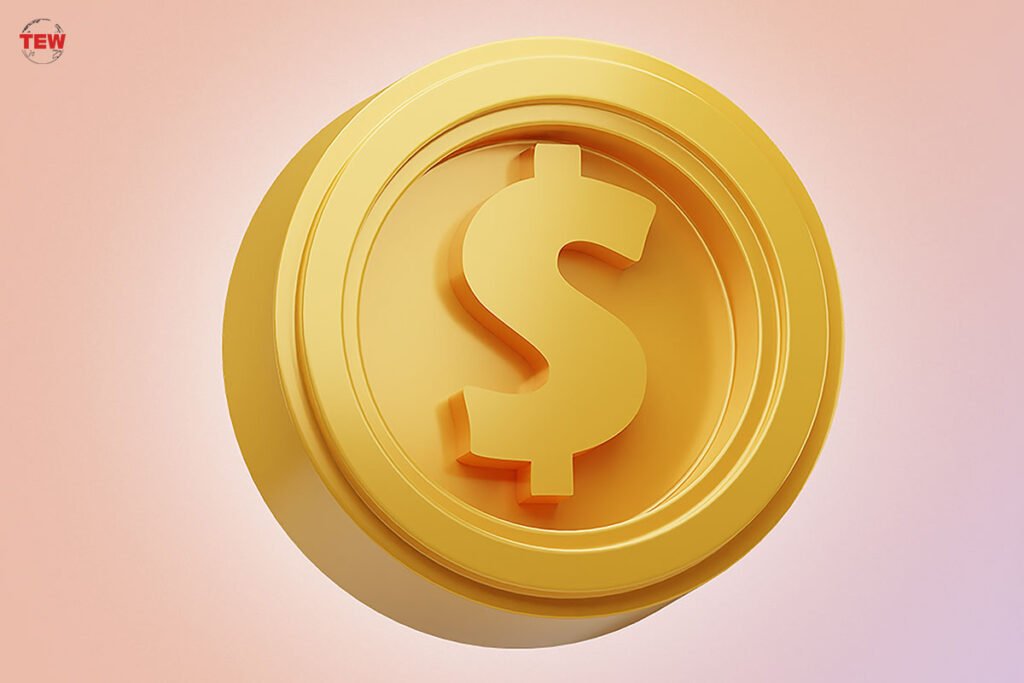In 1971, United States (US) President Richard Nixon abandoned the Gold Standard and freed up the US dollar from being backed by a commodity. The dollar has been traded on the free market since then dollar to gold, slowly but surely becoming the most prominent legal tender in this world within this fifty-plus-year period. Today, the dollar is traded more than any other currency, and more than 60% of global foreign exchange reserves are in dollars .
Nonetheless, the issue of whether the dollar should not have been separated from gold continues to pop up in public and private discourse. In most cases, this is less about the dollar’s performance and more about the economy of the US. The country has faced major incidents of economic downturn and subsequent inflation, fueled by catastrophes like the COVID-19 pandemic, leading to the dollar’s reduced purchasing power. Thus, it’s worth re-evaluating whether things would be better now if the dollar were backed by gold.
Some Reasons About After More than 50 Years, Should the US Dollar to Gold Be Re-pegged? ;
1. The Issue of Stability
One apparent reason for favoring a commodity-backed currency is that it supports currency stabilization. If the value and amount of the dollar were determined by gold and not by market activity, then as long as the US Federal Reserve had sufficient amounts of gold, the value would remain high. The DXY chart further accentuates this point, which illustrates how the dollar’s strength has fluctuated relative to other fiat currencies in recent years.

However, pegging the dollar to gold would create more problems than it solves. For one thing, it would render the US unable to respond to serious economic shocks by, for instance, reducing interest rates. If there is one thing the COVID-19 situation has proven, it is that such surprises can occur without warning. For another, it would be a stumbling block to economic expansion and growth, which could require the creation of more money. In today’s fast-paced economic environment, locking the dollar to gold would thus be fatal for the US economy internationally.
2. The Unsteady Price of Gold
Even if these issues are ignored, another problem quickly rears its head: the price of gold is unsteady due to market activity and black swan events. For instance, this price increased sharply during the COVID-19 pandemic, increasing to more than $2,000 per ounce. It then fluctuated until it fell to less than $1,700 per ounce in late 2022, after which it slowly climbed. At pre-pandemic levels, the price was within the $1,500 range.

Pegging the dollar to gold at this time would only make the currency more volatile, which is certainly not a fix to the economic situation of the US. In fact, this would make the country’s economic environment rather turbulent and increase the probability — or actual occurrences — of high inflation. And, of course, it would devastate the dollar’s prominence in the foreign exchange market.
3. The Verdict
Despite the economic issues the US currently grapples with, pegging the dollar to gold would not be a fix as the cons outweigh the pros. A gold standard in the 21st century would nullify the flexibility for long-term economic growth.

In the particular case of the dollar, it’s evident that this would affect the US and the world.


















